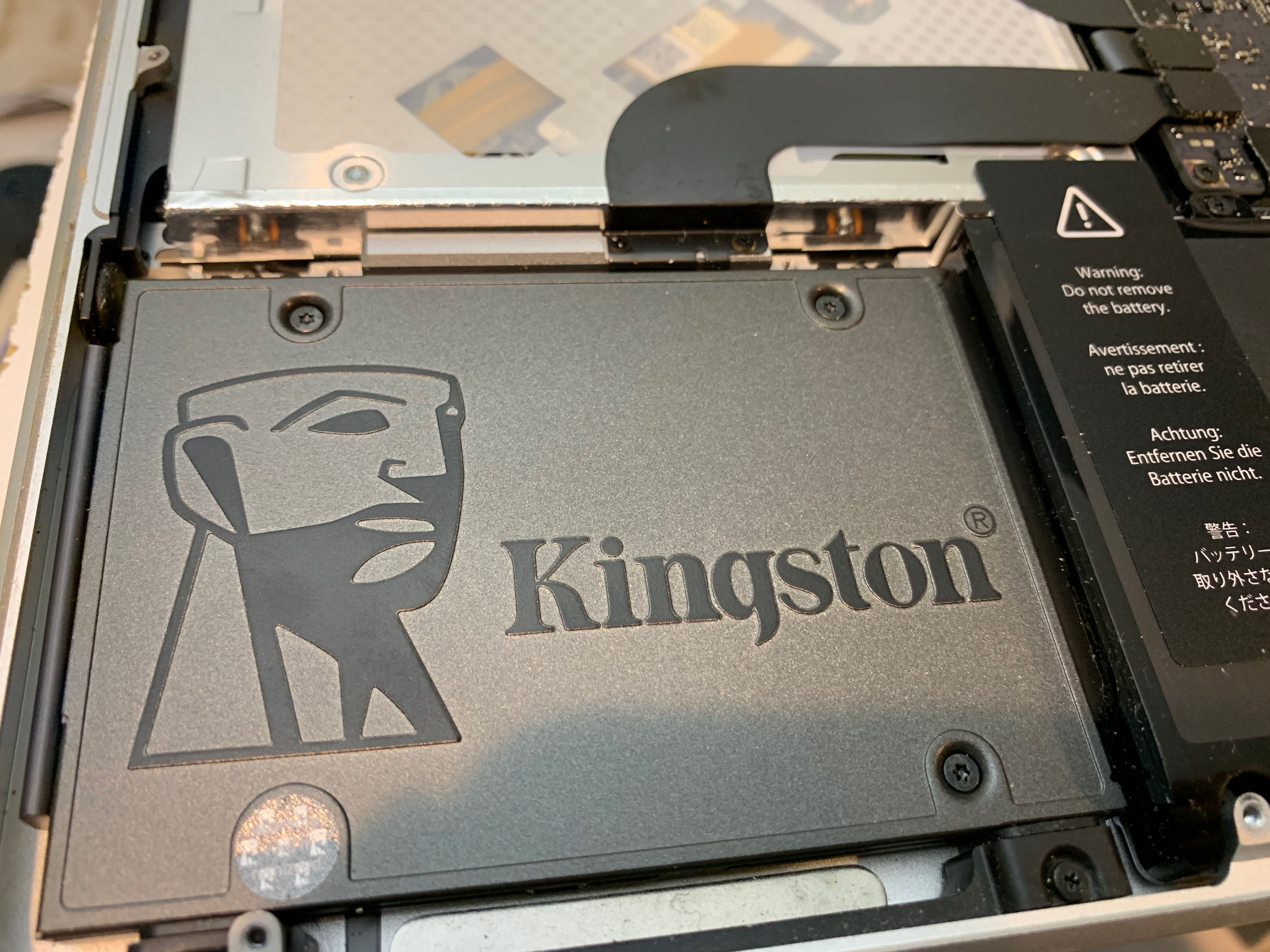

It creates a temporary boot partition that allows you to access certain things on your computer that you might not be able to if your system froze or crashed. Recovery Mode is the special salvation of the Mac that first launched with OS X 10.7 Lion.
#How to install new mac os on new ssd how to
Uninstalling old SSD and installing new SSD modules How to install a new copy of macOS Big Sur in Recovery Mode.

USB-C to USB-C cable - must support data as well as power.We will walk you through the process of removing the old module or modules, installing the new ones, restoring the T2 firmware, and reinstalling macOS before finally moving your data back.Īnd speaking of data, if you are planning to restore from the previous drive, it is important to ensure you have a recent backup that you are able to use. That said, the process is entirely manageable. Rather, it now involves not just more work to swap the parts, but a second Mac to aid in the restore. It isn't as easy as swapping out a drive sled and restoring from a backup. Whatever the reason, upgrading the primary drive is now possible.Īs Apple's machines have become more complicated - and more secure - what used to be a near-trivial procedure is now a multi-step, labor-intensive process. Many apps, scratch disks, and other components are stored on the primary drive by default and sometimes users may need access to all of the PCIe slots. Use cases determine which of those solutions is best, but there are benefits to upgrading the primary drive.

Mac Pro owners now have three options for more storage on their device - they can choose an external storage drive such that connects over USB or Thunderbolt 3, they can choose an internal option such as the Promise Pegasus R4i or OWC Accelsior 4M2, or they can upgrade the stock internal SSD thanks to newly released upgrade kits from Apple.


 0 kommentar(er)
0 kommentar(er)
